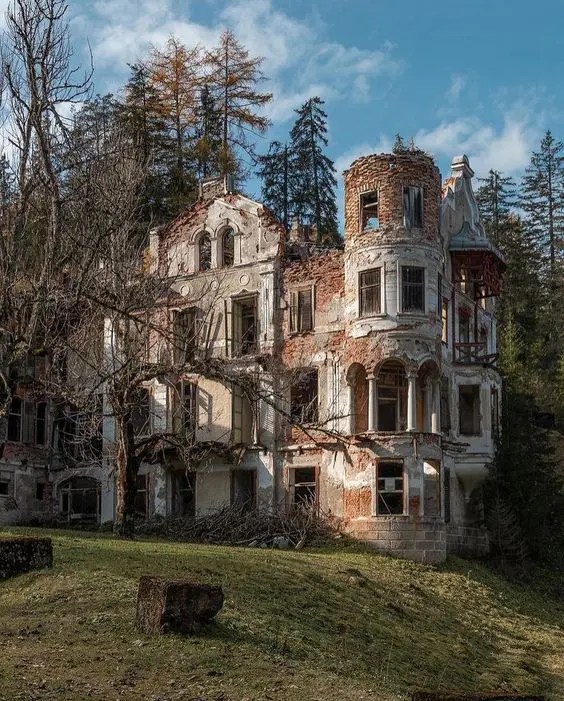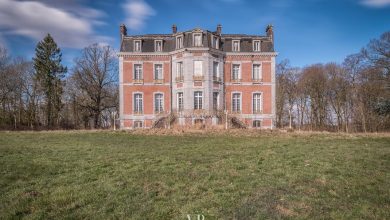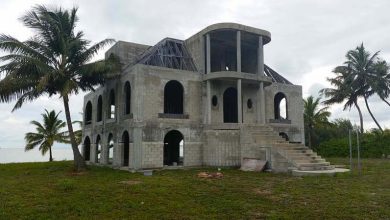Bagni Wildbad: The Elegance of the Past Amidst the Italian Alps
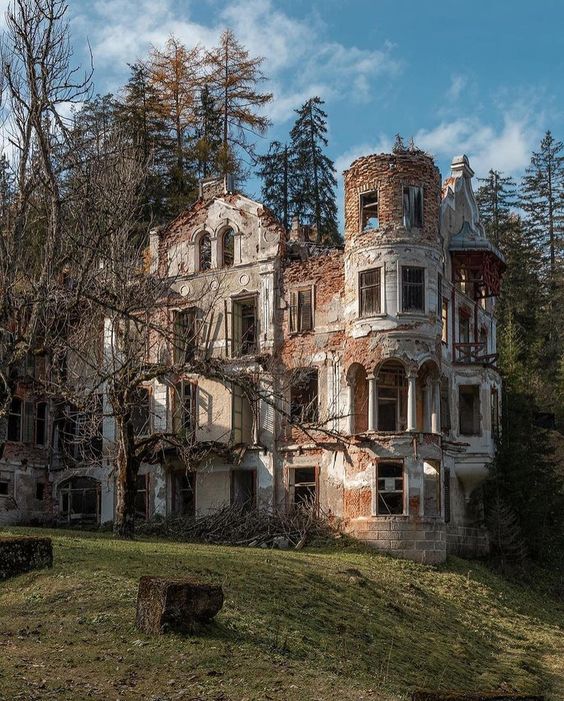
Nestled within the breathtaking Sesto Dolomites natural park in the Italian Alps lies the remnants of a once magnificent attraction that drew royalty and aristocrats from all corners of Europe – the Bagni Wildbad, or Wildbad Thermal Baths.
The history of these thermal springs, known as Bagni, dates back to at least 1586, but their significance stretches even further into the past. Coins and ruins from the time of the Illyrians and Romans have been unearthed at the site, attesting to the ancient recognition of the healing properties held within the waters of these springs since the first century.
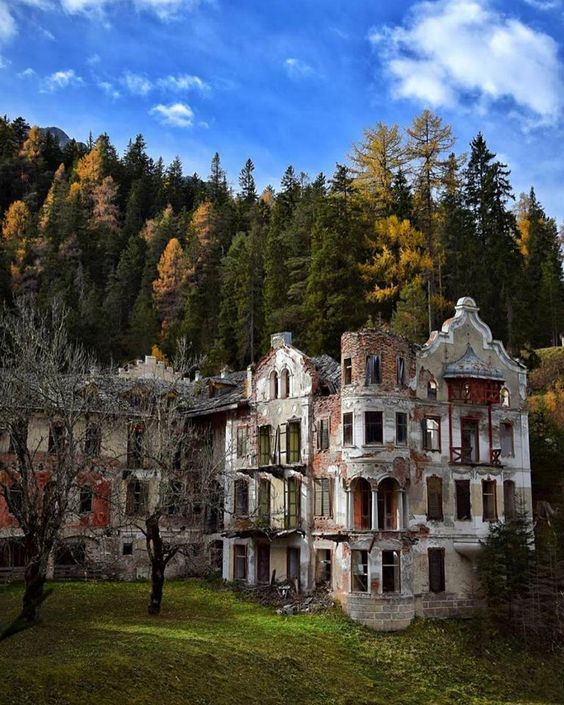



In the 16th century, Benedictine monks were responsible for managing the baths, imbuing the water with a sense of holiness. Over time, tales of the magical waters spread far and wide, and in the mid-1850s, the property encompassing the springs was acquired by Dr. Johann Schreiber, a Hungarian physician. After a scientific analysis in 1869 confirmed the exceptional mineral-rich quality of the spring water, Schreiber established a sanatorium, which rapidly gained popularity and underwent expansions before eventually transforming into the opulent Grand Hotel Wildbad.
As the hotel’s reputation flourished, it became a favored gathering spot for the Prussian and Austrian monarchy, as well as other European nobles. The likes of Emperor Frederick III, Emperor Franz Joseph I of Austria, and the heir to the throne, Archduke Franz Ferdinand of Austria, all graced the hotel with their presence, drawn by the allure of the rejuvenating thermal baths. In honor of these royal connections, one of the springs was even bestowed the name “Emperor.”
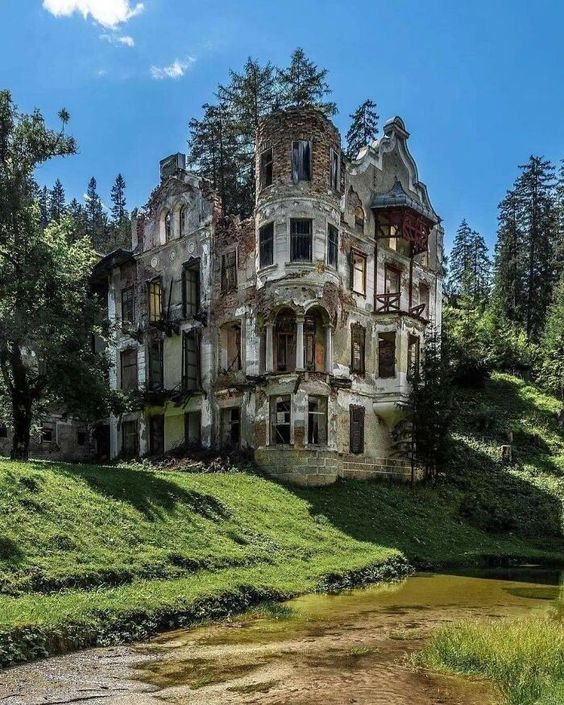



However, the onset of World War I brought about significant changes. The war’s repercussions were felt across Europe, and the number of guests dwindled as the conflict raged on. The Grand Hotel Wildbad became a base for the Austrian military command during this turbulent period. After South Tyrol split from Austria, access to the thermal baths became increasingly challenging for former patrons. Eventually, in the 1930s, the establishment was auctioned off, and over time, it fell into abandonment, leaving behind nothing but the crumbling shells of its once-majestic buildings.
Despite the dilapidated state of the ruins today, they still offer a glimpse into the glorious past when the aristocracy and nobility sought refuge and relaxation in this cherished vacation destination.
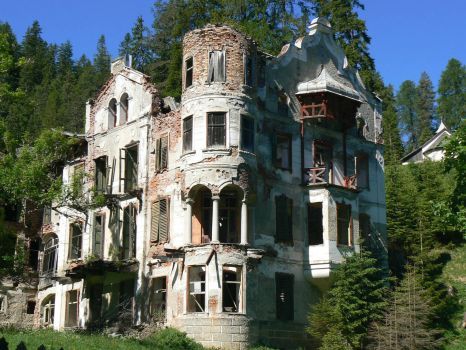



For those intrigued by history and the allure of Bagni Wildbad, visiting the San Candido Thermal Baths requires a leisurely hike from San Candido town towards Sesto town, or an alternative route utilizing the chairlift to Monte Baranci Hut, followed by a gentle descent. The paths are not overly challenging or strenuous, and they remain accessible throughout the seasons, only closing temporarily if snow poses safety concerns.
In the embrace of the majestic Sesto Dolomites, the echoes of a bygone era linger among the ruins of Bagni Wildbad, a place where the wonders of nature’s healing waters once intertwined with the elegance of European nobility.
What to read next:
- Exploring the Enchanting History of Dunalastair Castle in Scotland
- Rowallan Castle: A Timeless Tale of Majesty, History, and Enchantment
- The Abandoned Glass Mansion of Leesburg, Virginia
- Urban explorer discovers abandoned $12 MILLION mansion.
- Castelo da Dona Chica: A Neo-Romantic Tale of Grandeur and Resilience
Source: https://numerologybox.com
Category: Abandoned Place
